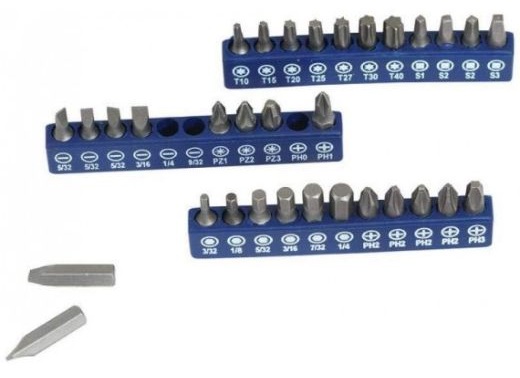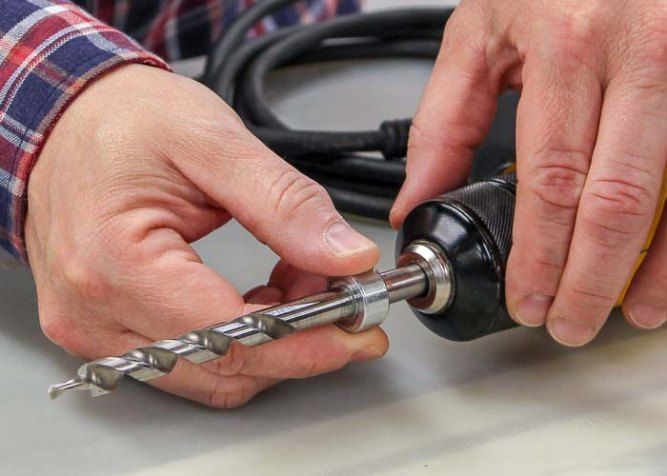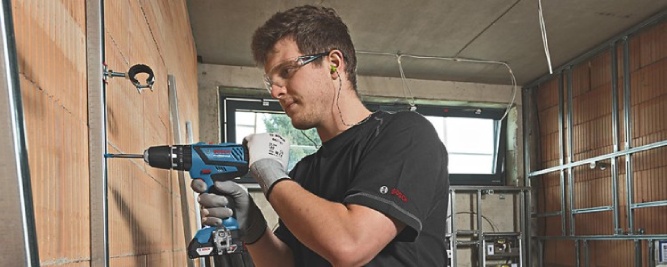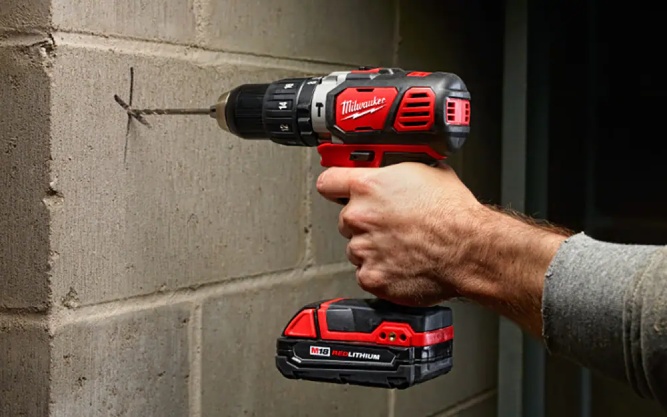Power tools can make your life a lot easier if you have a wide selection to choose from. A cordless drill is one of the best choices in this regard. There are many occasions on which you will find this tool extremely useful.
Whenever you need a screwdriver, you may wonder if this item can also serve that purpose. Couldn’t this be a useful feature? Prior to getting started, you should be aware of a few important points.
Benefits of Using a Drill as a Screwdriver
Portable solution
Cordless drills can be used for various purposes, so you can take them everywhere. Consequently, you won’t have to carry around multiple tools every time you need to do different tasks, especially screwdriver sets.
High torque
Drills are bigger and more powerful than screwdrivers, meaning they’re better suited for more strength jobs.
Cost
A major advantage is the cost savings since only one tool is needed to do different jobs. A screwdriver serves one purpose, while a cordless drill serves numerous purposes.
How to Use a Drill as a Screwdriver?
Step 1: find the correct drill bit

For the drill, select the appropriate screwdriver bit. A bit’s head can be shaped as a flat blade, Philips, or Nutdriver-shaped and you have to use the correct bit for the screw you’re using.
It will have a low leverage if it is much smaller. On the other hand, an overly large bit may protrude from the screw head.
Step 2: Putting the screwdriver bit in the chuck

The bit is held in the drill’s chuck at the front. The drill should hold the bit in place by tightening the chuck key.
Avoid over-tightening the drill bit but make sure the screw is secure and won’t come loose while you work with it.
Step 3. Hold the drill firmly

Your grip should be secure. It will be difficult to turn the screw, and you don’t need the tool flying out of your hand. You should always control power tools.
Step 4: Insert the screwdriver bit.
The bit must be in the recess of the screw. The bit should be pushed down so that it stays in place. In order to avoid the bit slipping out, you need to tighten it.
Step 5: Turn the Screw
Drill very slowly if you need to. You should always be in complete control of the tool. Don’t speed up your drill so fast that you risk damaging the drill bit if it slips out of place.
Step 6: Examine the wood’s hardness
When working with softwood, such as pine, a screw can be tightened so the head of the screw is flush with the wood surface. Wood screws need to be driven out of the wood before final tightening.
Consider drilling a pilot hole for both soft and hardwood. This makes it easier to tighten and turn the screw.
Step 7: Removing a Screw

Remove the screw in a similar way. The screwdriver bit needs to be firmly seated with pressure.
Make sure it doesn’t slip out during drilling and you are turning the screw in the right direction –
rotate counterclockwise to remove the screw and clockwise to insert and tighten one.
Having trouble getting the screwdriver bit to stay in the screw head?
Screws with Phillips heads cause this because the bit head won’t lock into the screw-like other bit types. When this occurs, stop immediately.
There is no way you can lock the bit back into the screw, which will only result in the screw’s head being stripped and making the problem worse.
- Drill at a slow pace
- When you are diving, keep pressure on the drill. This will let the torque part stop the drill at the spot
- Make sure the bit is in great condition. If it has worn parts, it will not stay in the screw head.
- If the bit has already slipped, don’t use that screw it pulls it out and try with a new one
Is it possible to drive screws with hammer drills?
Screws are driven into masonry with hammer drills. Hammering is an essential part of the process but it does not lend itself to other applications.
Turn the hammer feature off will allow it to be used as a screwdriver.
Can impact drivers be used as screwdrivers?
Impact drivers are primarily used to drive screws. The impact driver can be converted into a drill using an adapter.
Hex-shaped bits can only be used with impact drivers, which means that without an adapter, you cannot use them to drill holes.
Should you have a standalone power screwdriver?
Most of the time, a drill will help you handle everything that you need to carry out. But some may find that power screwdriver are handy from time to time.
It really depends on your preferences.
FAQs
1. Are electric screwdrivers any good?
Ans: They work the same way as a drill for driving in screws. There is really no need to have one if you are using a drill for other jobs as it serves the same purpose. There is no need to carry around a second tool.
2. What drill is best for screws?
Ans: Drills that are cordless, have an adjustable clutch, and variable speed options are best for normal screw driving.
For longer screws, you can use an impact driver as it has hammering actions with increased torque.
3. Can I use drill bits in the impact driver?
Ans: No, you shouldn’t. Regular drill bits cant withstand the higher torque produced by an impact driver.
4. Do I need a drill or screwdriver?
Ans: drills are multi-purpose tools that can also be used as a screwdriver. The positive side is that drills can operate faster than a screwdriver. And a downside is that for higher speed it is a little bit tough to maintain the precision of the screw. Now the choice is yours whether you need a drill or a screwdriver.
5. Is it worth buying an electric screwdriver?
Ans: Yes, you can buy an electric screwdriver. Actually, they are fast in action as they have higher and variable torque. For this reason, you also don’t need pilot holes before screwing, which means you can screw directly on the wood.
Another positive side is that you can both screw and unscrew the screws with them as they can turn in both directions. There are also cordless versions of them which make them able to be ported anywhere.







